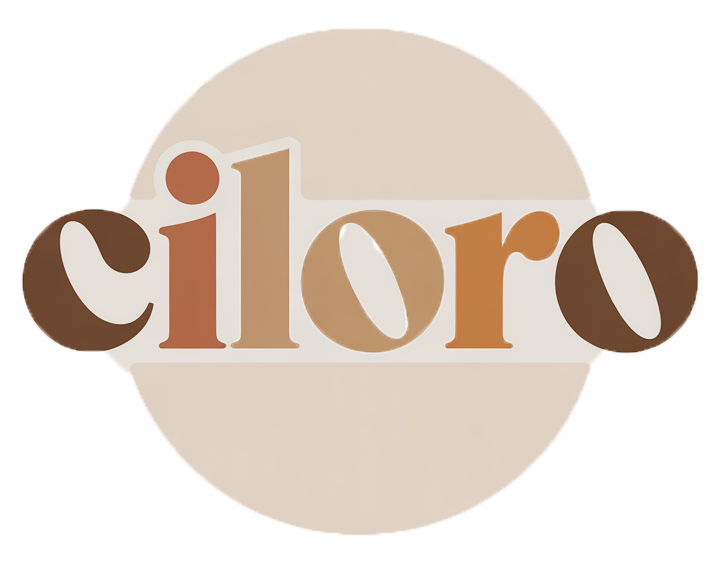Unique Home Decor Ideas to Transform Your Space
Home decor plays a pivotal role in shaping the atmosphere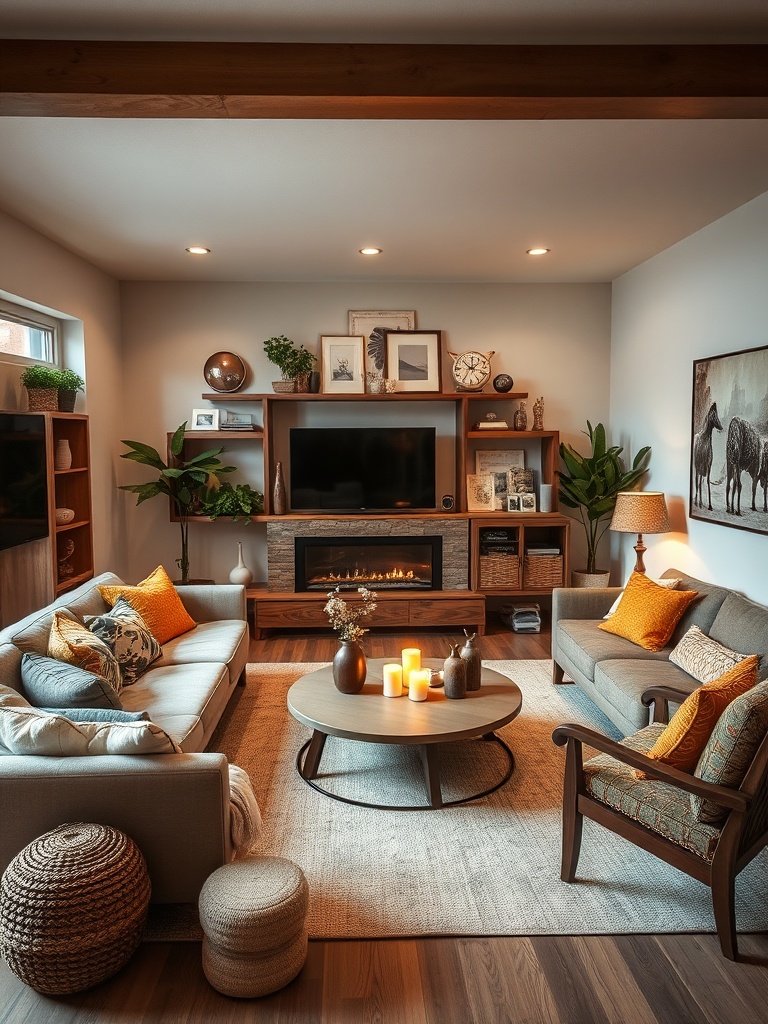
of our living spaces. It reflects our personality and can significantly influence our mood and well-being. Unique decor not only personalizes a space but also transforms it into a sanctuary that resonates with our individual styles and preferences.
This article aims to inspire readers by providing practical ideas for transforming their spaces with unique home decor. From understanding your current decor to exploring innovative ways to enhance your environment, this guide will equip you with the tools needed to create a space that truly feels like home.
Understanding Your Space
Assessing Your Current Decor
Before embarking on a decor transformation, it is essential to evaluate your existing setup. This assessment allows you to identify the strengths and weaknesses of your current decor.
- Examine the functionality of your space: Is it serving your needs effectively?
- Consider the aesthetics: Are the colors and styles cohesive?
- Identify pieces that you love and those that may need replacement or reimagining.
Defining Your Style
Understanding your personal style is crucial in creating a harmonious space. Explore different decor styles such as modern, rustic, and eclectic to find what resonates with you.
- Gather inspiration from magazines, online platforms, and nature.
- Create a mood board to visualize your ideas and preferences.
Color Schemes and Paint Techniques
Choosing a Color Palette
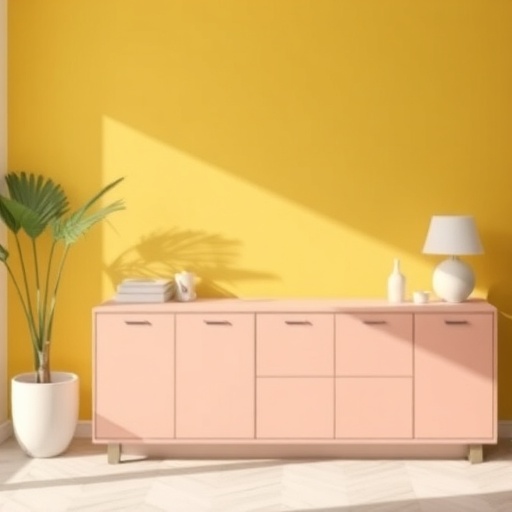
The psychology of color plays a significant role in home decor. Different colors evoke various emotions and can drastically change the ambiance of a room.
- Choose a harmonious color scheme that reflects your personality.
- Incorporate accent colors to add depth and interest.
Creative Painting Techniques
Utilizing creative painting techniques can elevate the visual appeal of your space. Techniques such as ombre, stenciling, and geometric patterns can add unique touches.
Consider using paint to define areas within a space, creating distinct zones for different activities.
Pay attention to texture and finishes, as they can enhance the overall look and feel of your decor.
Furniture Arrangement and Selection
Optimizing Layout for Functionality
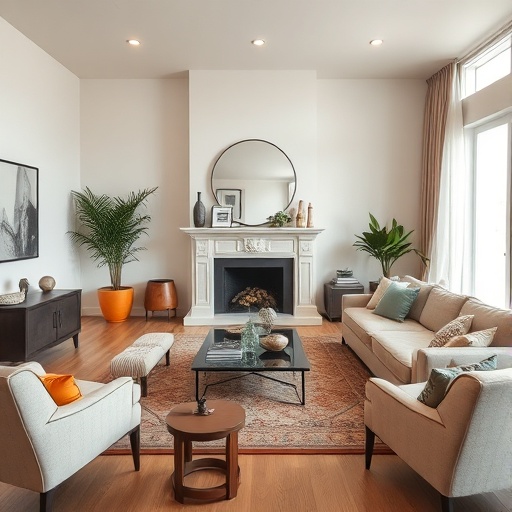
Arranging furniture effectively is key to enhancing the flow and usability of a room. Here are some tips:
- Identify focal points in the room and arrange furniture around them.
- Consider the scale and proportion of furniture to ensure balance.
Selecting Unique Furniture Pieces
Finding statement furniture can transform a space. Look for unique pieces in thrift stores or consider custom options.
- Mix and match different styles to create a cohesive look.
- Incorporate multi-functional furniture to maximize space.
Incorporating Art and Wall Decor
Choosing Artwork that Speaks to You

Art plays a crucial role in personal expression. Selecting pieces that resonate with your style can elevate your decor.
- Consider how the artwork will be arranged for maximum impact.
- Mix different sizes and styles for an eclectic yet cohesive look.
DIY Wall Decor Ideas
Engaging in creative projects can bring a personal touch to your walls. Consider these DIY ideas:
- Create gallery walls using a mix of frames and art.
- Use fabric hangings or wall decals for added texture.
- Incorporate natural elements like plants or driftwood.
Textiles and Soft Furnishings
Layering Textiles for Warmth
Texture is vital in creating a warm and inviting atmosphere. Layering textiles such as rugs, throws, and cushions can enhance comfort.
- Mix patterns and colors effectively to create visual interest.
- Use different materials to add depth to your decor.
Choosing Unique Curtains and Drapes
Window treatments significantly impact a room's ambiance. Select styles that complement your overall decor.
- Consider DIY curtain ideas for a personalized touch.
- Experiment with colors, patterns, and lengths to find the perfect fit.
Lighting as a Decor Element
Understanding Different Lighting Types
Lighting serves as a crucial decor element, with three layers: ambient, task, and accent. Each type plays a specific role in enhancing your space.
- Don't underestimate the importance of natural light.
- Choose light fixtures that align with your style and enhance the decor.
Creative Lighting Solutions
Incorporating unique lamps and fixtures can add character to your space. Consider these creative solutions:
- Use string lights and candles for a cozy ambiance.
- Engage in DIY lighting projects to add a personal touch.
Bringing Nature Indoors
The Benefits of Indoor Plants
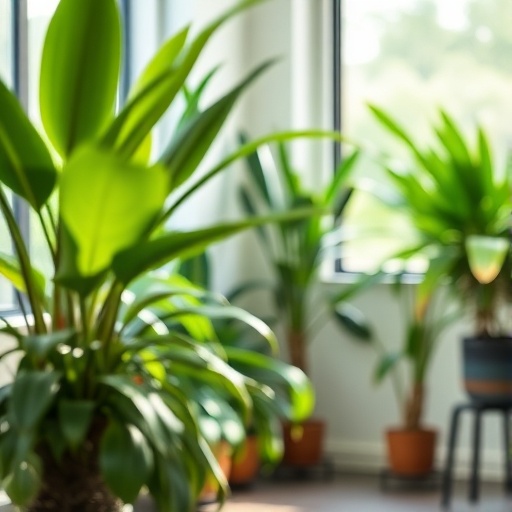
Indoor plants not only improve air quality but also enhance your mood. Here are some tips for incorporating plants:
- Select low-maintenance plants that thrive indoors.
- Display plants creatively, using hanging pots or terrariums.
Natural Elements in Decor
Incorporating natural materials like wood and stone can create a harmonious environment. Consider these ideas:
- Use nature-inspired decor such as prints or sculptures.
- Create a seamless indoor-outdoor flow with your decor choices.
Personal Touches and Sentimental Items
Displaying Personal Collections
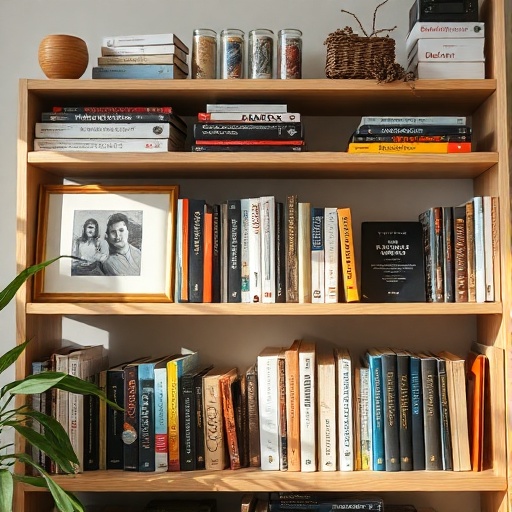
Showcasing travel souvenirs, heirlooms, and personal collections adds character to your space. Here are some tips:
- Create cohesive displays that tell a story.
- Balance personal items with functional decor for a polished look.
Creating a Family Gallery
Displaying family photos and memories can add warmth to your home. Consider these ideas:
- Mix different frames and styles for an eclectic gallery.
- Focus on storytelling through your decor choices.
Seasonal Decor Changes
Adapting Decor for Different Seasons
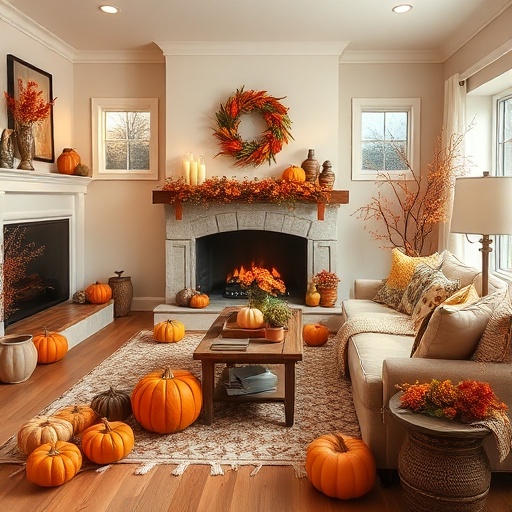
Updating your decor seasonally can keep your space feeling fresh and inviting. Benefits include:
- Easy transitions with color changes and accessories.
- Ideas for seasonal centerpieces and accents to enhance the mood.
Holiday Decorating Ideas
Incorporating personal traditions into your holiday decor adds meaning. Explore unique themes and DIY projects for a personal touch.
- Get creative with themes that reflect your family's personality.
- Engage in DIY projects that allow for personal expression.
Budget-Friendly Decor Solutions
Thrifting and Upcycling
Thrifting offers a treasure trove of unique items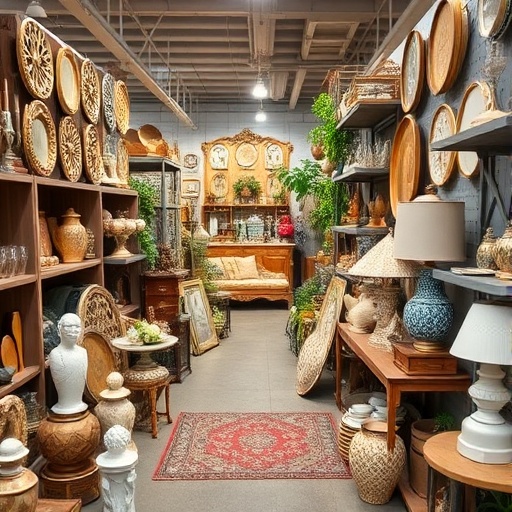
waiting to be discovered. Here are some tips:
- Look for unique pieces at thrift stores to add character.
- Consider creative upcycling projects for old furniture.
DIY Decor Projects
Engaging in DIY projects can be both fulfilling and cost-effective. Consider these simple projects:
- Transform your space with paint or craft projects.
- Seek inspiration from resources that cater to DIY enthusiasts.
Conclusion
Transforming your space with unique home decor ideas can be a rewarding experience. By understanding your space, selecting the right colors and furniture, and incorporating personal touches, you can create an environment that truly reflects who you are.
Embrace the joy of experimenting with decor and remember that your home is a canvas for your creativity and personal expression.
Key Takeaways
- Evaluate your current decor to identify areas for improvement.
- Define your personal style through exploration and inspiration.
- Utilize color and texture to enhance the ambiance of your space.
- Incorporate unique furniture and art pieces for character.
- Engage in seasonal updates to keep your decor fresh.
- Embrace budget-friendly solutions like thrifting and DIY projects.
FAQ
What are some budget-friendly home decor ideas?
Consider thrifting for unique items, engaging in DIY projects, and utilizing upcycling techniques to create new decor from old items.
How can I define my personal decor style?
Explore different decor styles through magazines and online platforms, and create a mood board to visualize your preferences.
What are effective ways to incorporate color into my decor?
Choose a harmonious color palette and use accent colors to add depth. Consider the psychology of color to enhance the mood of your space.
How do I arrange furniture for better functionality?
Identify focal points in the room and arrange furniture around them. Ensure that the scale and proportion of furniture are balanced for a cohesive look.
What types of indoor plants are best for beginners?
Low-maintenance plants such as succulents, pothos, and snake plants are great options for beginners as they require minimal care.
